How to tell if your dream home is really a house flip gone wrong. Where to look, what to ask and when to walk away.
9 Signs Someone Did a Bad Job on a House Flip
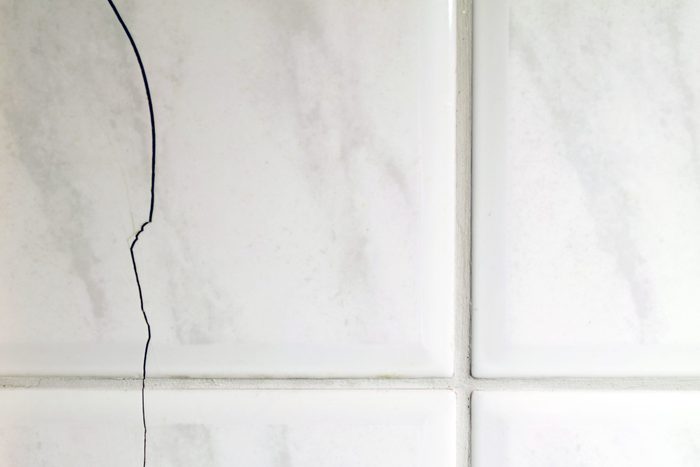
Poor Tile Installation
While there are aisles of tile tools and products at home improvement stores, the reality is, tiling is a complicated and technical process.
In high-use applications like floors and showers, tiling is best left to the pros, unless the homeowner is highly skilled and willing to take the time for proper installation. A shoddy tile job can look great at first. But over time, it will lead to cracked tiles, crumbling grout and possibly entire floor failures due to loose tile.
When viewing a remodeled home, look for uneven tiles, grout (instead of caulk) against tubs or woodwork, sloppy grout lines and crooked cuts. If you see any evidence of this, ask the listing agent who completed the tile work.
You could ask to see permits, but personally I’d pass on subpar tile work. The time, money and disruption to remove and re-install tile is more work than it’s worth.
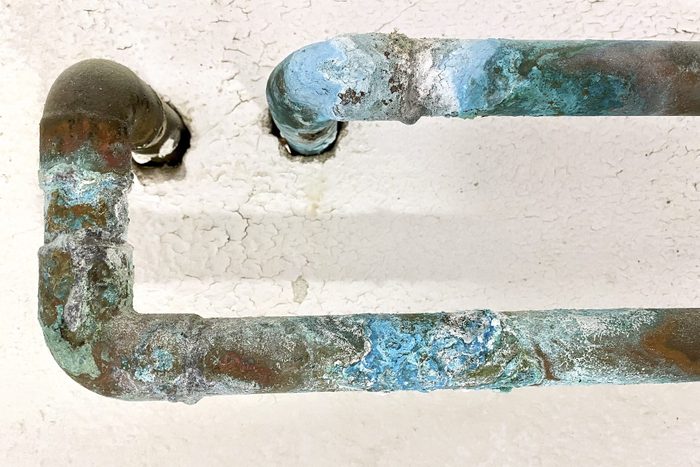
DIY Plumbing
Because most plumbing is hidden behind walls, look for evidence of shoddy work in the basement. Things like messy solder on copper joints, mismatched pipes and fittings, and temporary fixes like tape, clamps or adhesives are all red flags.
Plumbing updates should have been permitted and eyeballed by the local building inspectors, so make sure to ask to see documentation.
Small plumbing issues can easily be resolved by a licensed plumber, so these should not be dealbreakers. But if an amateur replaced the entire plumbing system, that’s reason enough to walk away rather than risk thousands in future repairs and replacement. Small repairs and updates can sometimes be negotiated with the seller.
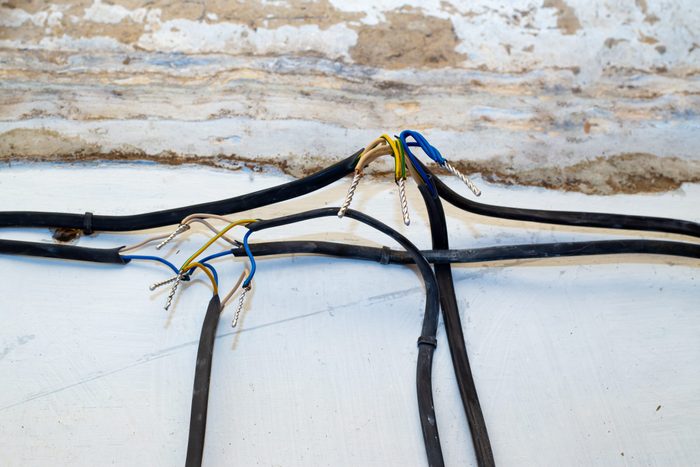
DIY Electrical Work
Bad electrical work is not only a sign of a poorly executed flip, but can pose a real safety hazard. According to the Electrical Safety Foundation International (EFSI), in the U.S., faulty home electrical systems cause roughly 51,000 fires each year.
Luckily, amateur electrical work can be easy to spot if you know what to look for. Things like upside down or loose outlets, flickering lights, open wire connections and unsecured wires are clear signs of poor electrical work. Look in the basement as well to see if the wires run neatly along the joists, or are unsecured and drooping from the ceiling.
Similar to plumbing, a small infraction can be overlooked and easily remedied. But repeated evidence, or a house entirely rewired without proper permitting and inspection, is a reason to walk away.

Painted Over Wallpaper
While there are some valid reasons to paint over wallpaper, house flippers are most likely just trying to save time and money by avoiding removal. While not a hazard, painted wallpaper is really difficult to remove. If not done correctly, it can look awful.
This can also give you a glimpse into the general quality of work done in the home. If there’s low-quality work out in the open for everyone to see, what kinds of corners were cut in less visible places?
This one really comes down to personal preference. If you’re absolutely in love with the house, you may be willing to overlook painted wallpaper. If you’re on the fence or the house is at the upper reaches of your price limit, you may want to keep looking.
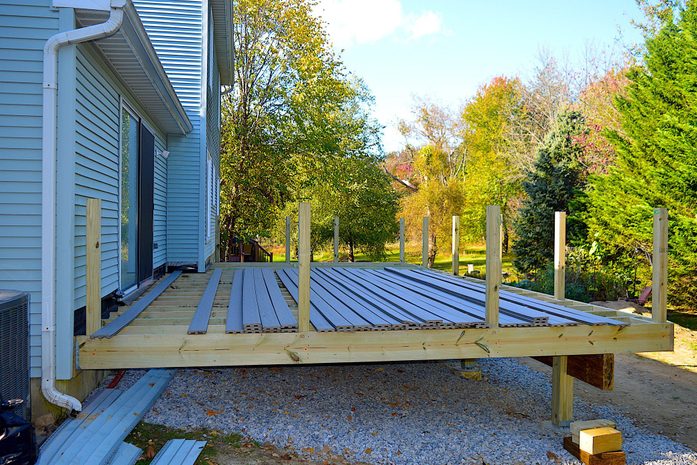
Non-Permitted Structural Work
Open floors plans are popular. But in an older house, an incorrectly completed open floor plan can be disastrous. Removing a load bearing wall is generally not a DIY project and should be done by a licensed contractor.
The same goes for building a deck. If not done correctly, both can lead to expensive or dangerous problems down the road. If there’s any indication of a newly installed deck, open floor plan or addition, ask to see the permit paperwork.
If structural work was done without permits, this should be a dealbreaker. If the house flippers were willing to do major structural work without proper oversight, they really should not be trusted. This is definitely a strong sign of a bad flip job, and you should walk away. Maybe even run.
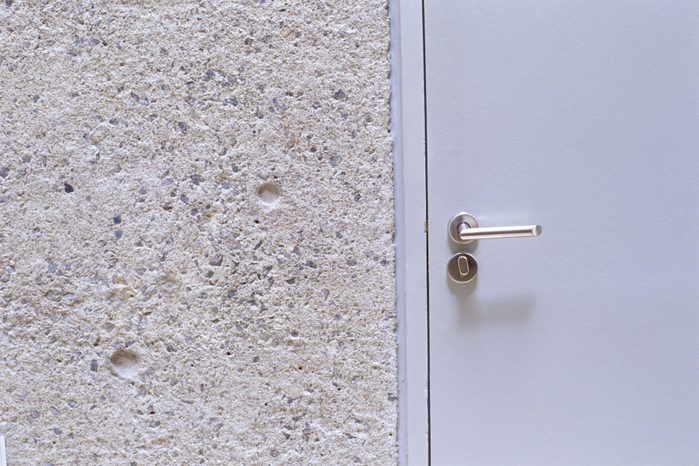
Use of Cheap Materials
Unless it’s a luxury home in a high-end neighborhood, don’t expect the most expensive finishes and amenities in a flipped home. However, if there’s an indication the house flippers opted for the most inexpensive faucets, lighting, flooring, windows, doors and cabinets, it might be worth skipping the property altogether, unless the price is really attractive.
Cheap materials indicate the flipper chose cost over quality, and you will likely find evidence of this throughout the home.
The reality is, you get what you pay for. And like a bad tile job, cheap materials will look good for a while, but will require replacement within a few years. If you’re not handy, replacing all the contractor-grade materials can cost you dearly over time.
There are a few ways to determine if a home has cheap materials. In general, more expensive faucets and doorknobs are heavier with a more solid feel than low-cost ones. Inexpensive vinyl floors are really thin with a shiny finish, while low-grade laminate floors can be louder underfoot. Cheap doors and windows feel flimsy and light, indicating subpar construction.
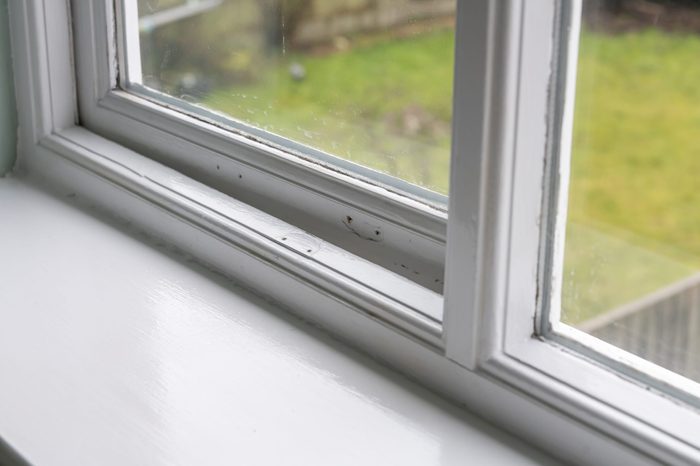
Doors and Windows That Don’t Close Properly
In a historic home that’s 100-plus years old, some crooked doors and windows are to be expected. However, newly installed ones should open and close without sticking, squeaking or dragging.
If you find you’re in a recently remodeled home with doors and windows that don’t close and open properly, that’s a red flag for shoddy craftsmanship. Windows should open easily and fully lock when closed. Doors should latch securely when closed and be squeak-free. And deadbolts should move smoothly to lock.
Fixing incorrectly installed doors and windows is costly and time-consuming. This is a dealbreaker if more than one or two offenders are found. Improperly installed windows and exterior doors do not seal the home from outside temperatures, and cause increased cooling and heating costs.
The homeowners should produce proof of professional installation for new windows and doors. If they can’t, it’s time to move on.
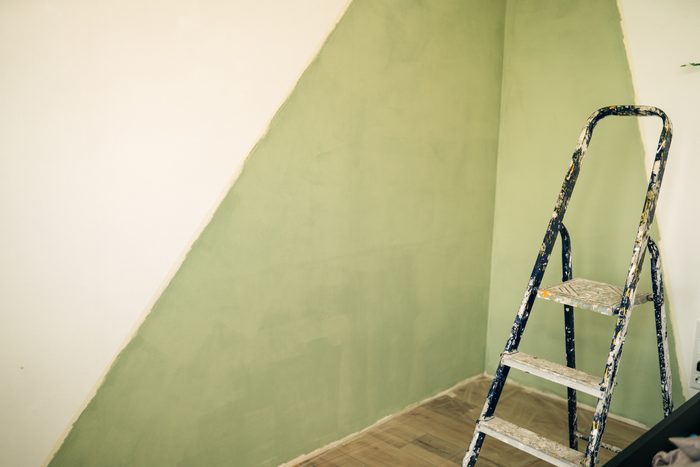
Sloppy Paint Job
If you see paint speckles on the floor, wall paint on the ceiling and trim paint on the walls, these are clear signs of a poor paint job. While not dangerous, this indicates a lack of attention to detail throughout the home. Removing paint from floors can be time-consuming and expensive if they need to be refinished.
If you’re not good with a brush and a roller, hiring a painting contractor to repaint the entire home can be cost-prohibitive as well. If a paint job is bad enough, make it a negotiating point with the seller to pay for a new paint job. I wouldn’t walk away from a house I loved because of a bad paint job, but it would cause me to scrutinize everything else in the home carefully.
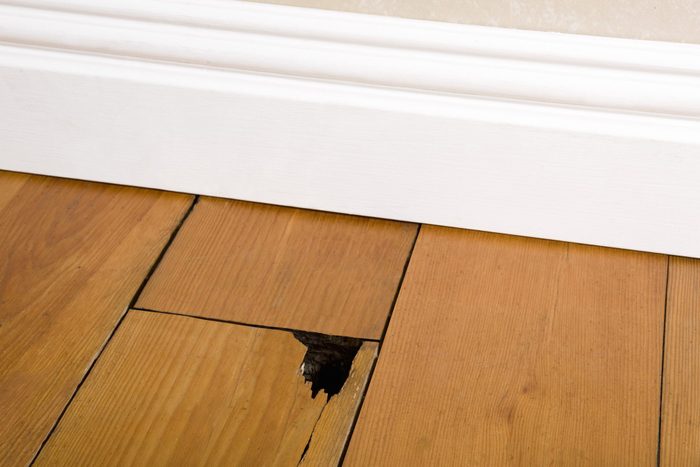
Bad Finish Carpentry
Finish carpenters are extremely precise and exact tradespeople who take great pride in a perfect angled cut. Most DIY carpenters cannot duplicate this precision. And if they did the work themselves, you’ll see telltale signs of it all over the house.
Look for open outside corners in floor trim, butt joints on inside corners or angle cuts filled with caulk and painted over. Cabinets may not be hung flush or straight, door trim may be crooked, and cross-cuts may have ragged edges.
Bad finish carpentry is not a reason to walk away from a deal, as it does not pose a safety risk. But it is cause for concern that other below-standard DIY work can be found in the home. Like other signs of a bad flip, bad finish carpentry will look OK for a little while. But with temperature fluctuations, the wood will separate, and gaps will become more visible over time.
The only way to fix sloppy finish carpentry is to remove it and hire a professional to do it right. If imperfect carpentry will really bother you, this may not be the house for you.





















